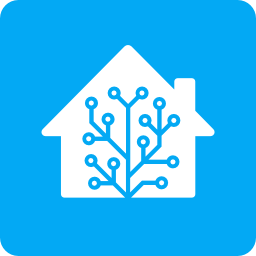

Yes,
https://www.silverstonetek.com/en/product/info/expansion-cards/ECS07/ https://www.amazon.com/Adapter-RIITOP-Expansion-Chipset-ASM1166/dp/B0D8BCWHPT
https://www.aliexpress.com/item/1005003335714128.html
Then you have 4 main plus these 5-6 extra. Just put your boot drive on a data drive instead of m.2 or get an adaptor and you are good to go. 8 data drives plus a boot drive


Very funny, I stille have an old TPlink running now for 6 or 7 years, my parents had an old linksys that only did 2.4GHz running for 13 years or something. Before i replaced it for them.
I honestly don’t know how a router breaks. It can become outdated or obsolete such that it can’t interface correctly anymore or it can have a hardware failure that kills it by surges or physical damage, or it can be completely unsecure because it hasn’t been updated in a decade but routing is “fairly simple” and just getting data throughput isn’t rocket science software-wise.